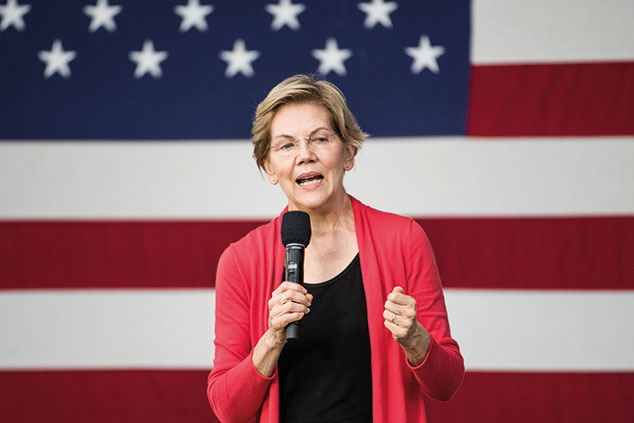
The dollar is the dominant currency in international trade and finance, note Eva Szalay and Colby Smith in the Financial Times. The price of the dollar is “the key driver for monetary policy elsewhere, particularly in emerging markets” (see page 5). A strong dollar means tighter monetary policy worldwide.
That is why many in the US and abroad would welcome a weaker dollar, says Authers. It would make US exports more competitive globally – a cherished goal of the Trump administration. In emerging markets, companies that have borrowed in dollars, but have to repay the loans from revenue earned in local currency, would find their debt loads easier to service.
There are plenty of reasons to think this period of dollar strength could indeed come to an end, says Will Denyer of Gavekal Research. Blockages in the overnight “repo” market have prompted the Federal Reserve to restart money printing at a faster pace than central bankers in Europe or Japan, though they don’t want to call it “quantitative easing”. The Fed is also easing interest rates, reducing the appeal of dollar-denominated assets.
Finally, the rising odds on a left-wing Democratic presidential candidate – Elizabeth Warren is emerging as a frontrunner – is also bearish for the dollar. More regulation would eat away at America’s competitiveness and hence the appeal of its currency. Currency markets are unpredictable beasts, but on current trends “the US dollar looks set for a pronounced weakening”.